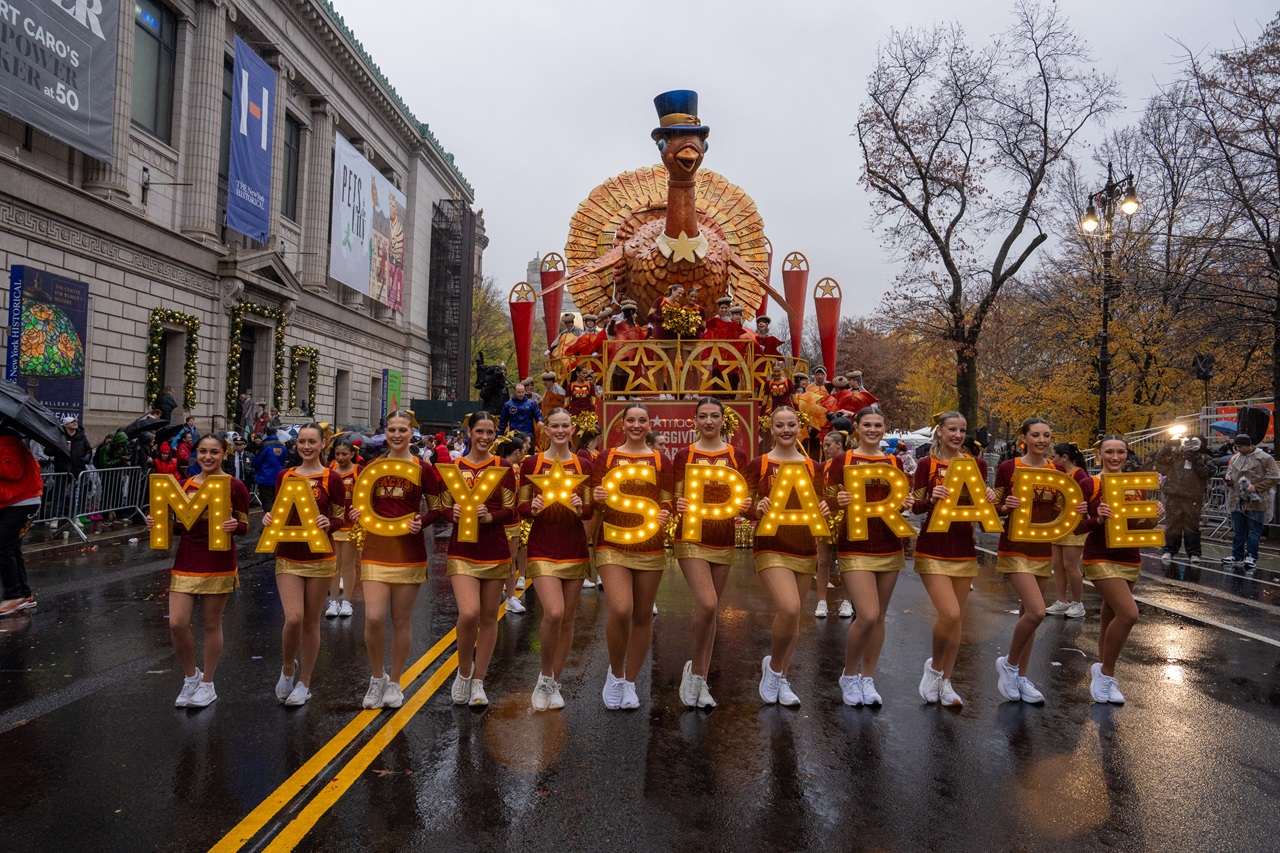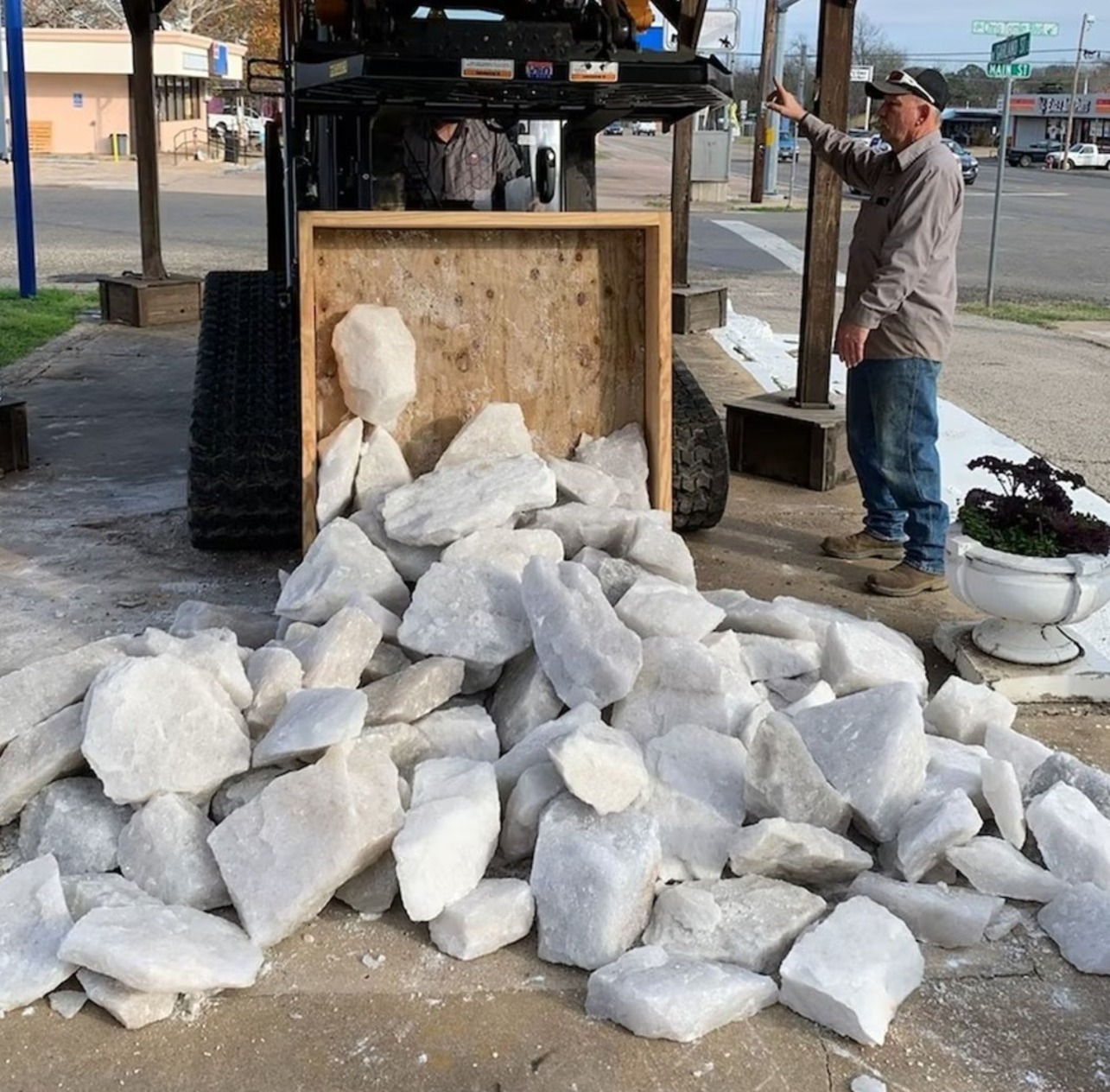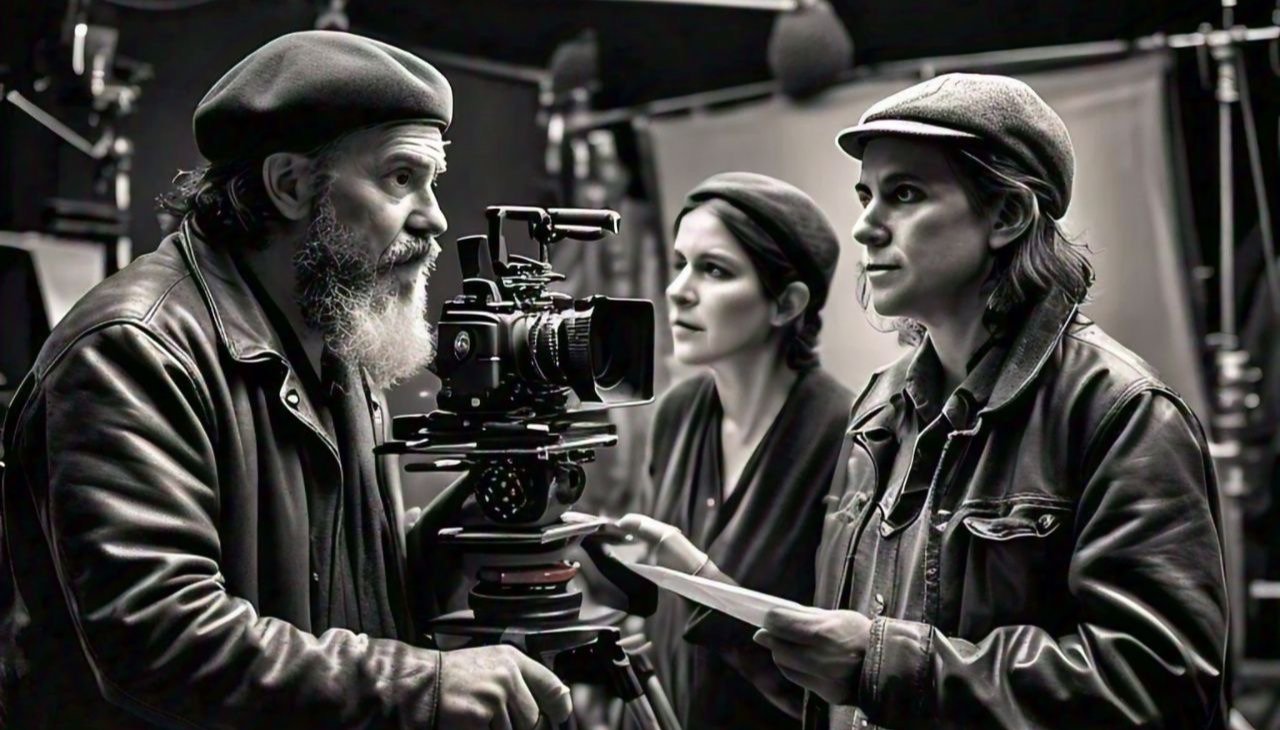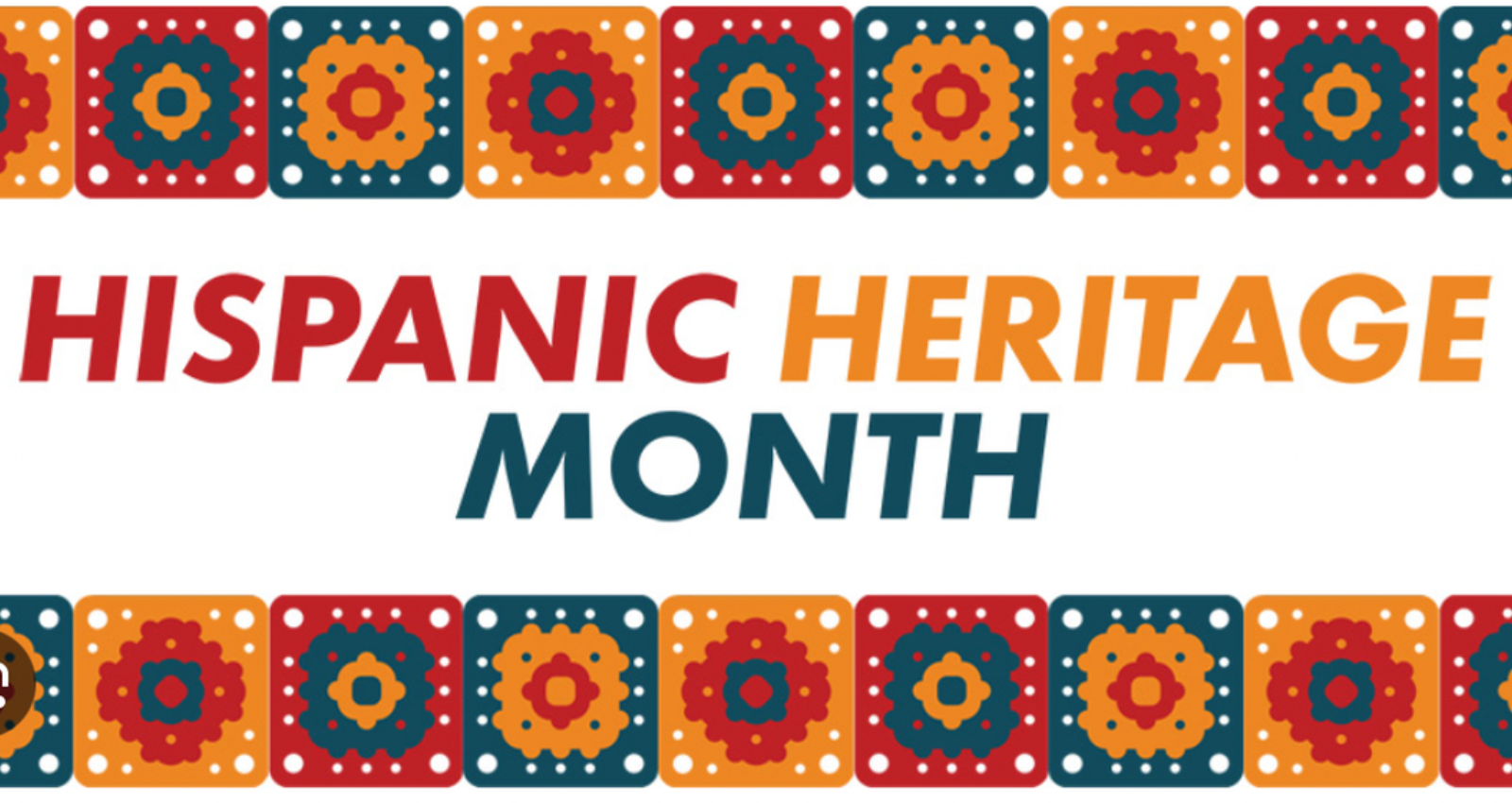
Ballet with Latino accent
Now more than ever, Hispanic blood circulates through the veins of Pennsylvania Ballet. At the heart is the legendary Spanish dancer Ángel Corella, who worked…
Now more than ever, Hispanic blood circulates through the veins of Pennsylvania Ballet. At the heart is the legendary Spanish dancer Ángel Corella, who worked his way through the ranks of the company to become its artistic director last fall, and three of the ballet’s young and promising stars: Mayara Pineiro, Arian Molina Soca and Etienne Díaz. They are Cuban dancers who embody the most recent talent with a Latino flare that grows increasingly stronger in Philadelphia.
The beginning, for Arian Molina Soca, who is the principal guest artist, was a little late; nevertheless it has not prevented him from becoming one of the most promising stars of the demanding and prestigious Cuban school. His training began at age 10, when two friends realized that the young man born in Matanzas (Cuba) was a natural ballet dancer. Their instinct was right — he auditioned and began his studies at the Alfonso Perez Isaac Vocational School of Art. From there he went on to Cuba National Art Schools (ENA) in Havana, and after graduation he joined the prestigious National Ballet of Cuba, under the direction of the great Alicia Alonso. Now in Pennsylvania after traveling the world doing what he defines as his passion,“for me dance, ballet is a passion. I give it 100 percent of my energy, all of my passion. I dedicate all of myself to it. Without it I am nobody.” Is it a big change? “It hasn’t hit me because since I got here, I have the satisfaction of being with two of my colleagues who are Cuban, who speak my language. I'm having a hard time with English, but thanks to them I'm pulling through and have no problem.”
One of those friends is Mayara Pineiro, a young Cuban who has just been promoted to soloist in the Pennsylvania Ballet. In her case, her interest in the world of dance began at the tender age of three. Although at first she was interested in Spanish dance, she ultimately decided to opt for ballet. Originally from Havana, Pineiro began her studies at the Alejo Carpentier National School of Ballet. After nearly eight years of training (five at the elementary level and the rest in the ENA) she began her international career. First as a soloist in the National Opera of Budapest, then she did a brief stint in Italy and now in the United States. The first stop was Milwaukee and the next Pennsylvania. “Honestly, when I arrived in the United States, I felt a little strange at first, because I felt different,” she said. “But at the same time, I learned a lot and I felt like I taught something too, so it's like an exchange of cultures. And here in the company I feel very good because they make us feel like it is our home.”

After a lifetime devoted to dance, to Pineiro there is no better way to describe her work than as "a way to express your feelings, how you feel, every day. Because you work with your body and with your feelings too. And when you manage to do something that you do well, you feel a satisfaction and that helps you too. It makes you feel good."
The third of the trio of Latino dancers in the ranks of the Philadelphia based company is Etienne Diaz, a professional with a different history than that of his colleagues. Although born in Havana, Díaz moved to Brazil with his family when he was seven. "I never liked ballet until I came to the United States and saw my brother and my sister, who were dancers, and I began to like it."
His training was in the Orlando Ballet School, from there he jumped to the National Opera of Budapest. Before coming to Pennsylvania, where he’s part of the corps de Ballet, he danced in Italy and with the Milwaukee Ballet.
Three dancers, different beginnings, but a Latino heritage and a shared vocation. Besides a great future and a willingness to foster their careers in the United States, another thing they all agree on is the great admiration they feel for their artistic director, Corella
“He is a daily example that we follow. When he teaches class we see him as an important figure that we have to follow, who knows a lot, who knows to tell us what we do well, what we are doing wrong. And at the same time we owe him great respect because he was an important figure. And it inspires us every day," Pineiro said.
Samantha Madera/Al Día News.
And it's no wonder, considering their mentor is one of the best dancers of his generation. With such a meteoric career that is impossible to condense into just a few lines, the fourth Hispanic member of the Pennsylvania Ballet spent about 20 years in New York — as first dancer of the American Ballet Theatre — and identifies as " half Spanish, half-American."
“The truth is that I feel more welcome here than in Spain. The public has always adored me. Whenever I perform in Spain I feel a tremendous passion and the public responds to it and I appreciate that greatly. But in administrative terms, in Spain I have been mistreated and humiliated and ignored. When I get here, they roll out the red carpet. It is a totally different world," said Corella when asked about his reception in his adopted country.
To find the moment that impelled Corella into dance you’ve got to go back three decades. "The truth is that there wasn’t a defining moment in which I said: 'I want to be a dancer.’ My mother says I was 2 years old and had a pacifier in my mouth and I would dance like John Travolta because at that time 'Saturday Night Fever' was very popular. It has always been a way for me to express myself, to move, to show who I am and how I feel,” he said.“Then, my sisters started going to dance classes, and I followed them one day. I loved what I saw and the rest is history."
After Madrid, New York, a tour of the world and a brief return to Spain, the current chapter in Corella’s life is being written at the Pennsylvania Ballet. He’s working on putting the finishing touches on 'A Tribute to Jerome Robbins,' his tribute to the choreographer of 'West Side Story', which started Thursday, May 7 and runs through Sunday, May 10 at the Academy of Music (240 South Broad Street).

Corella is one of those responsible for the rising number of Latinos at the Pennsylvania Ballet. So, what is so special about the Hispanic dancer? "The blood of the Spanish dancer is much hotter. The way of interpreting, the way of moving is much more visceral,” Corella said. “The American dancer is much more technical: the way in which they count steps, of counting music... And this is one of the things I'm trying to instill in this company, that they don’t need to count, that they need to listen to the music — the technical part they already have. That what they have to do is apply all their passion, because that is how they will connect with the public."
If something differentiates the Hispanic dancer from the rest, in Corella’s opinion, it is their great passion. "The passion that the Hispanic dancer has is spectacular. The work discipline is very important … I think it is linked to passion." Although he also recognizes that it is not always easy for them.
"It is difficult to devote yourself to the world of dance. Many times it is due to family issues … many Hispanic families do not think that dance is a valid profession. That is the case in Spain. They struggle to get ahead and get their parents to let them dance, especially men — because of machismo, and the idea that men cannot dance because it is something just for women. Nevertheless, the Hispanic world is changing and every day there are more Hispanic dancers as well as internationally known dancers who are Hispanic, so that's something to admire."
"The blood of the Spanish dancer is much hotter. The way of interpreting, the way of moving is much more visceral...And this is one of the things I'm trying to instill in this company.¨ Ángel Corella, artistic director Pennsylvania Ballet.
Although he believes "there are not as many companies as there should be," he recognizes that the art of ballet thrives in Latin America. "At least there are companies. Both in South America and in Latin countries there are dance companies in which dancers can perform.”
And not just in Cuba, the cradle of great traditional ballet dancers. "In Cuba, a dancer is like a soccer player in Spain. The respect that Cubans have towards them... We already have three Cuban dancers here, and there are many dancers who complete their training and they are spectacular, they are the best dancers in the world. There is a good company in Mexico, in Argentina, in Uruguay. It's funny that there are more dance companies in Hispanic countries than in Spain itself," says Corella. There he tried unsuccessfully, with much effort and little help from the administration, to create a classical dance company; discipline that, regretfully does not exist in Spain.
Corella has worked full time at the Pennsylvania Ballet since early this year, and has a clear main objective: "Try to turn around the company and make it one of the most important representative of the art here in Philadelphia, in Pennsylvania, and across America. I think in very little time we will achieve this because everyone is talking about the company and that is something that begins with people in dance but continues to spread and grow."
A true Spanish accent since two decades ago
But Angel Corella, Mayara Pineiro, Etienne Diaz and Arian Molina are not the only members of the ballet family who can be heard speaking Spanish in the corridors of Louise Reed Center for Dance (a space inaugurated in 2012 at 323 N Broad St.) that has become the center for rehearsals, for both the principal company and future generations. Several years before the current crop of Hispanics came to the Pennsylvania Ballet, Arantxa Ochoa did. She, like Corella, is Spanish and is well known in the ranks of the company; a more than deserved recognition after nearly two decades in the Pennsylvania Ballet, one of them as principal dancer. However, her history with dance goes back much further than her time in Philadelphia.
She began as a little girl, in rhythmic gymnastics. However, it didn’t take long to realize that her calling was ballet. At just 12 she left her native Valladolid, a Spanish city located about 124 miles north of Madrid, headed to the Victor Ullate dance studio in the Spanish capital. The next stop was Monte Carlo (Monaco) and its Academie de Danse Princesse Grace. At 15 she came to The School of American Ballet in New York, where she spent two years. After a stay in the Hartford Ballet, she arrived in Pennsylvania. Here, she danced from 1995 until her retirement in 2012, the last 10 years as principal dancer.

"I came to New York and did not speak English, only Spanish and French. I was afraid of everything, even the smells were strange to me. Everything was a new experience and then like everything else, you get used it,” Ochoa said. After more than two decades living in the United States, Ochoa is very grateful to her host country. "For me it has been wonderful because I’ve been able to have a career that I would not have been able to have in Spain.”
After announcing her retirement from performing just a little over two years ago, Ochoa is still linked to the Pennsylvania Ballet. First it was as a senior lecturer at The School of Pennsylvania Ballet, and since August 2014 as director of the school.
"What I like best is teaching. The school is a school that goes from pre -ballet — for girls who start at 5 — to 18 years old,” she said. “It is a professional school. There are seven levels: at the first level, I observe them and pick them out by audition. Especially girls who want to dance." Ochoa is wistful when she tell us that of the nearly 130 girls who train at the school, only two or three are Latinas.
Ochoa focuses her efforts on the growth and development of the school. Mostly, she is focused on the creation of scholarships and grants so that new generations of children in Pennsylvania can continue dreaming of an art that is more than just a tradition here in Philadelphia.










LEAVE A COMMENT:
Join the discussion! Leave a comment.